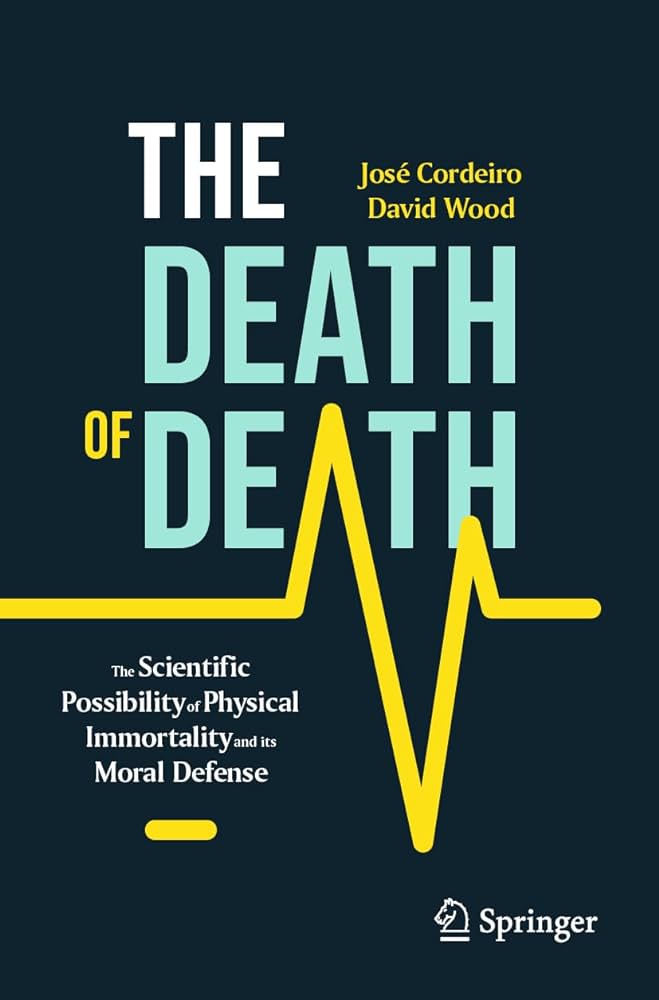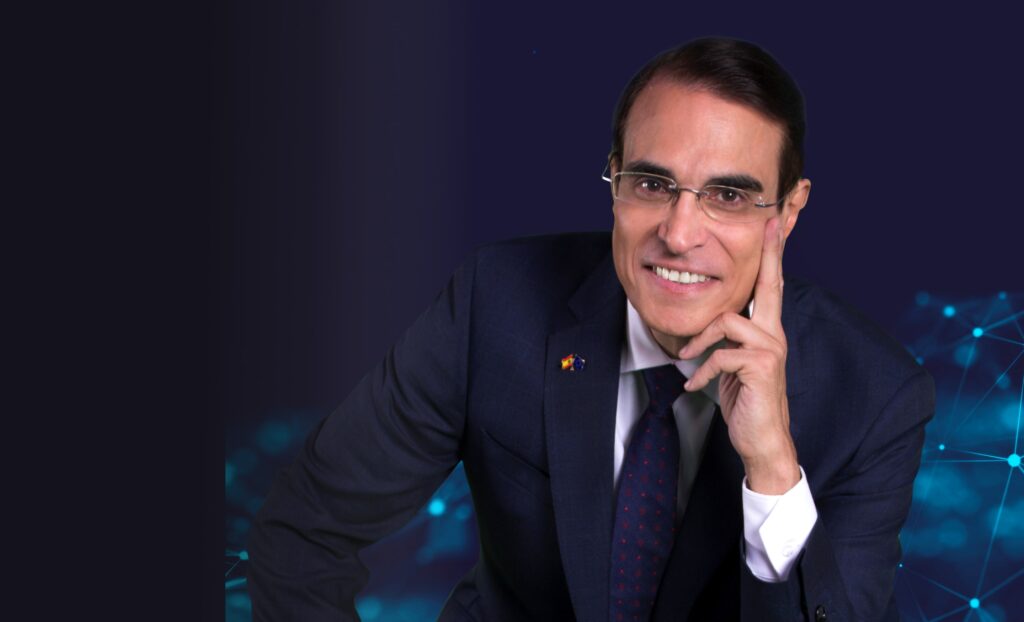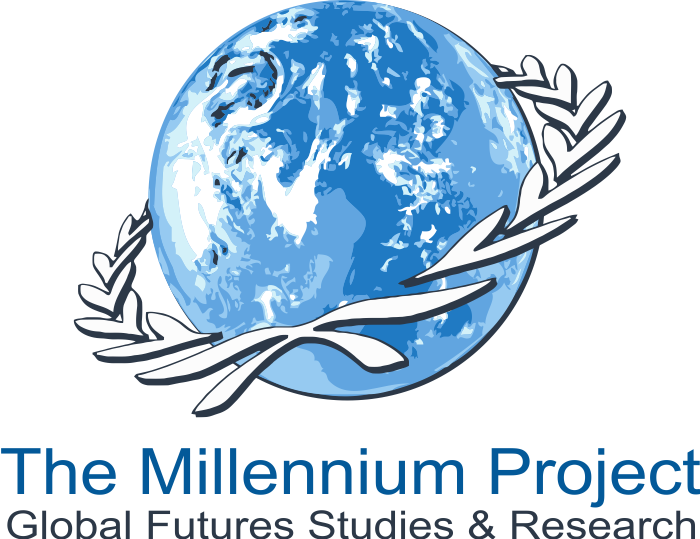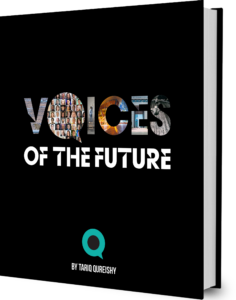José Cordeiro passionately advocates for a future where aging is not an inevitability but a curable condition. His journey, marked by a relentless pursuit of scientific understanding and technological innovation, is a beacon of inspiration in an era increasingly focused on health and longevity. Our conversation illuminatingly delves into longevity, health, and the future.
“Imagine a world where aging is optional,” José muses, reflecting on the revolutionary concept introduced in his book, ‘The Death of Death.’ “We are living through a technological revolution that is starting also in biology and medicine, and we are going to be able to stop aging and reverse aging,” he says. His journey through the realms of science and technology has led him to a profound conclusion: aging, often seen as an inevitable aspect of life, can be approached as a medical condition, one that can be targeted and possibly cured.

José’s insights are grounded in scientist Shinya Yamanaka’s Nobel Prize-winning research that identifies four key genes involved in the aging process. This discovery forms the cornerstone of his thesis, where combating aging is synonymous with combating age-related diseases. He envisions a future where the quality of life is paramount, and staying biologically young is a realistic goal.
As a multifaceted leader and thinker, he holds prominent positions in several organizations dedicated to technological and human advancement. As a vice-chair of HumanityPlus and director of The Millennium Project, he plays a pivotal role in shaping futuristic ideas. His academic endeavors include being a founding faculty member at Singularity University and holding teaching positions in Tokyo and Russia. An MIT-educated engineer, he’s a celebrated author known for his international bestseller ‘The Death of Death,’ José’s expertise in technological change and future trends is globally recognized, evident in his extensive media appearances and numerous accolades, including the Spanish Health Award.
What are the ethical issues in terms of living forever? He elucidates: “I approach this from a medical point of view, which means curing diseases. By curing all diseases, you cure aging because aging is the mother of all other diseases. If we stop aging, if we stay biologically at age 20, we don’t really get heart attacks, Alzheimer’s, cancer, and so on. This is the root of health and longevity.” He emphasizes that his goal isn’t immortality in the literal sense, given the uncertainty of what lies millions or billions of years ahead. Instead, his focus is on halting the aging process and controlling diseases to maintain indefinite youthfulness. He expresses confidence in the imminent scientific and technological advancements that align with his objective of stopping aging and living indefinitely in a youthful state.

The societal implications of such a future in which aging has been hacked are vast. José envisions significant transformations in traditional norms, including marriage, education, and careers. He declares: “Everything is going to change and change radically.” He speaks of a ‘renewable’ marriage contract, evolving educational paradigms, and a future where humanity reaches beyond Earth. His ideas challenge the status quo, offering a glimpse into a transformative future.
Despite facing resistance, he remains undeterred, advocating for a proactive stance against death, seeing it as a challenge to be overcome with advancements in science and technology. He views the historical inevitability of death as a mindset that needs changing now that we have the potential to escape it. José is on a mission to ‘kill death’ before it claims him, advocating for a future where aging and dying are no longer necessary. He challenges the notion that death adds meaning to life, arguing instead for a future enriched by longevity without the limitations of aging and death. His optimism extends to neurological aspects, where he sees potential cures for agerelated brain diseases.
He adds: “While our bodies may not age biologically, our minds will continue to evolve. We’ll keep learning and discovering new emotions and things, so I believe we’ll keep growing mentally and spiritually. This perpetual mental and spiritual growth will likely add more meaning to our lives, as we’ll be healthy, energetic individuals. We won’t just pursue dreams on Earth but also in outer space and virtual realities like Metaverses. We’re like characters in a story discovering a new dimension. My vision is not just about extending life but expanding it in a multiverse of possibilities.

His message in a bottle: “We are at a pivotal moment in human history, transitioning from the last mortal generation to the first immortal one.” According to him, the next 20 years will bring more technological advances than the previous two millennia. This unprecedented progress will open a world of new possibilities, making today’ era seem primitive in retrospect. “Looking back, we will marvel at how far we have come,” he says.
And his burning message for a better world? “Express your growing love by telling your partner that you love them more than yesterday but less than you will tomorrow. So, see you tomorrow.”
José emphasizes the uniqueness of our time, where technological advancements are accelerating at an unprecedented rate. His narrative is not just scientific speculation; it is a clarion call to rethink our approach to life, aging, and society. He emerges as a trailblazer, guiding us towards a future where the limits of human life are redefined, promising not just extended lifespans but expanded possibilities for human experience and capability.















